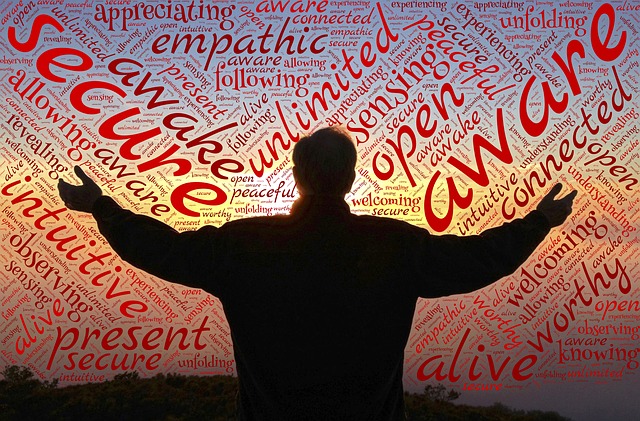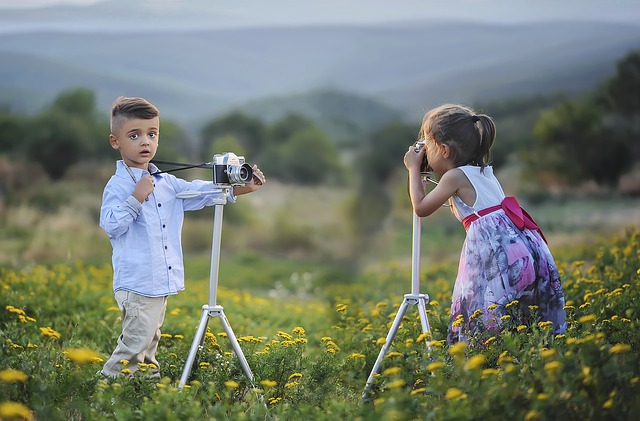In times of stress, we tend to overthink – to engage in self-stories about who we are, what we are capable of and what negative impacts will eventuate from our situation. These negative self-stories can lead to a debilitating downward spiral and undermine our capacity to cope with our daily challenges. It is important to break the cycle of negative thoughts before they become entrenched in our psyche.
Great Meditation on its YouTube© Channel offers a specific guided meditation to help release stress and reduce overthinking. The meditation focuses on three key areas impacted by stress – our breathing, our thoughts and our body.
Guided meditation to release stress and reduce overthinking
The 10-minute guided meditation offers a simple but effective way to unwind and take control of your thinking and bodily sensations. The meditation process has three key steps:
- Focus on your breathing – the starting point is to become grounded through your breath. Just observing your breath can be relaxing. The key here is not to try to control your breathing but notice it occurring in a part of your body – through your nose, in the rise and fall of your abdomen or in your chest. Adopting a comfortable posture helps you to maintain focus on your breathing.
- Observing your thoughts – this entails noticing what thoughts are occurring in your mind without judgment and without entertaining them. It is important if your mind is blank not to go searching for thoughts because this can lead to overthinking. The key is to maintain your relaxed breathing while you notice what is going on in your head. Just let your thoughts pass by and remind yourself that “you are not your thoughts” – they are merely mental constructions.
- Notice your bodily sensations – we experience stress in our bodies in the form of tight shoulders, a stiff neck, localised pain or sore arms, legs or ankles. Your body mirrors the fact that you are uptight in response to stress. As you scan your body, you can progressively release points of bodily tension by focusing on these areas and letting go. Deep breathing can assist this process and enable you to end the meditation process smoothly.
There are numerous sources of meditations that will enable you to release stress and free yourself from overthinking. For example, Great Meditation provides a wide range of meditations for specific purposes on their YouTube© Channel. Additionally, psycom.net lists links to meditation resources including music meditations, guided meditations, podcasts and meditation apps.
Reflection
The resources available for meditation practice are numerous and are very often free. The challenge is to maintain regular meditation practice to enable us to destress and stop living in our thoughts. As we grow in mindfulness through meditation, reflection and mindfulness practices, we will be more able to calm our minds, notice and release tension in our bodies and progressively build the resilience necessary to handle the challenges of work and family life.
__________________________________________
Image by cocoparisienne from Pixabay
By Ron Passfield – Copyright (Creative Commons license, Attribution–Non Commercial–No Derivatives)
Disclosure: If you purchase a product through this site, I may earn a commission which will help to pay for the site, the associated Meetup group and the resources to support the blog.


